
Aug 21, 2012 · Hi! I just found a glass bottle, and I can’t find any information about it. It’s a clear Glass bottle with a screw top and has the “Federal law forbids sale or reuse of this bottle” going across the top of the bottle. On the bottom center it has D396, and Ball 47 on the bottom right corner. There is also J2 6LW 73 all on the bottom left.
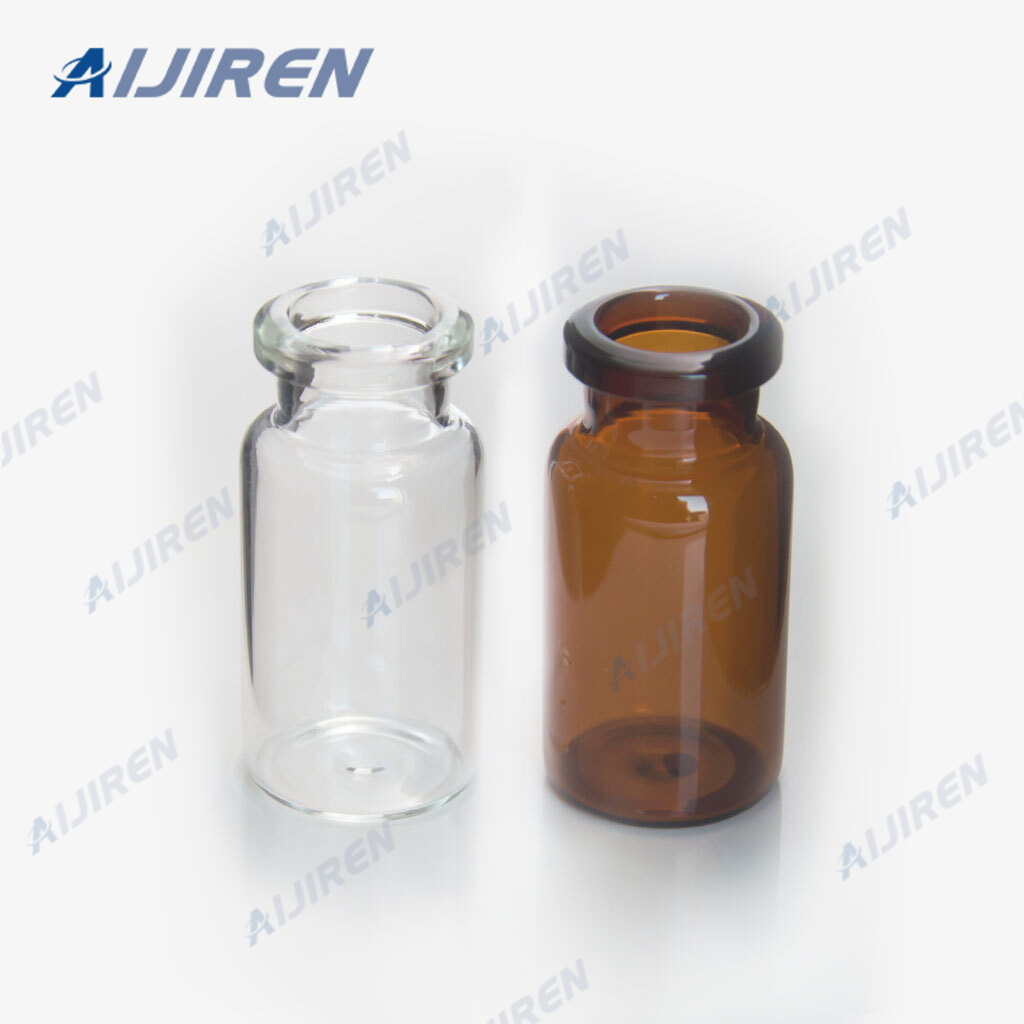
Dec 13, 2012 · Frozen tissues can be freeze dried. Lyophilized tissue can be stored at -80°C for several weeks or processed immediately. Organic extraction. Transfer a known amount of lyophilized tissue, typically 300-500mg in a glass vial with cap. Add 10µl of internal standard 5α -cholest 7en-3β-ol (1mg/ml stock) to the vial.
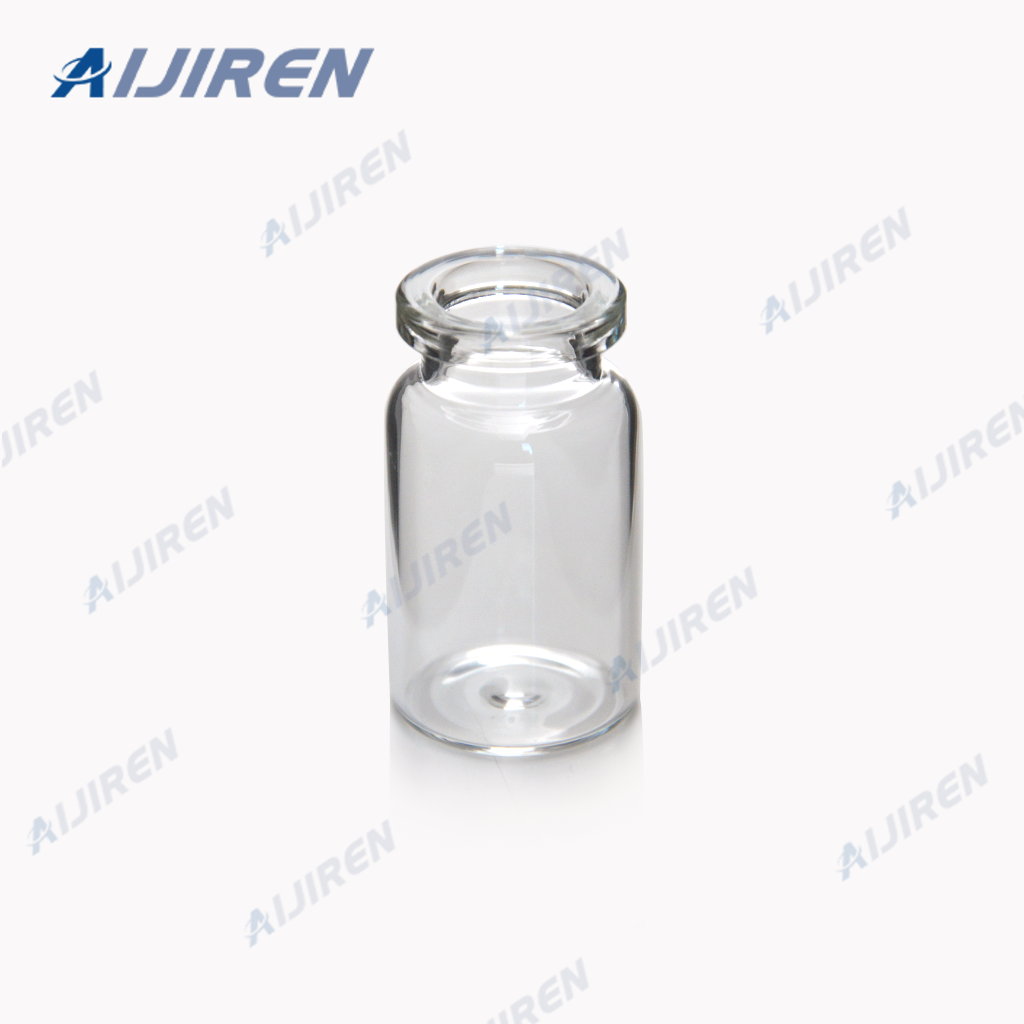
6.1.7 Vials - Amber glass, 10 to 15 mL capacity, with Teflon-lined screwcap. One mL glass vials with teflon-lined cap. 6.1.8 Reaction flask - Pyrex glass, 15 to 25 mL round bottom flask with standard tapered joint, fitted with a water cooled condenser and U-shaped drying tube containing granular calcium chloride. 6.1.9 Disposable pipets: Pasteur
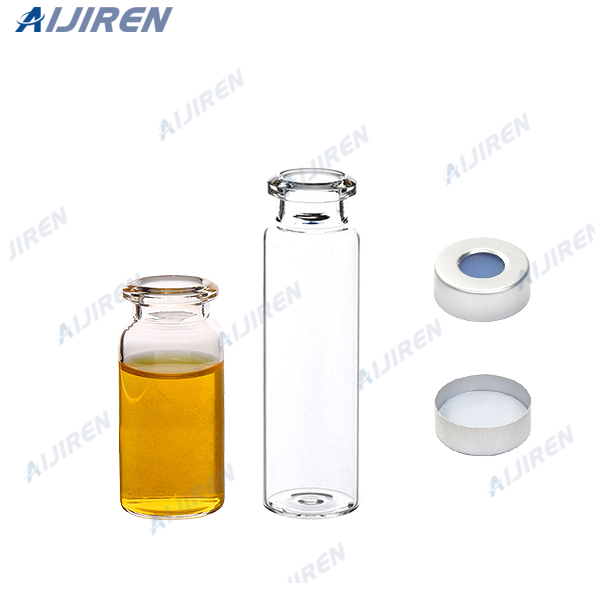
Clear glass 1.2 mL crimp top vial, flat bottom, 8 x 40 mm 1 Product Result | Match Criteria: Product Name, Property, Description
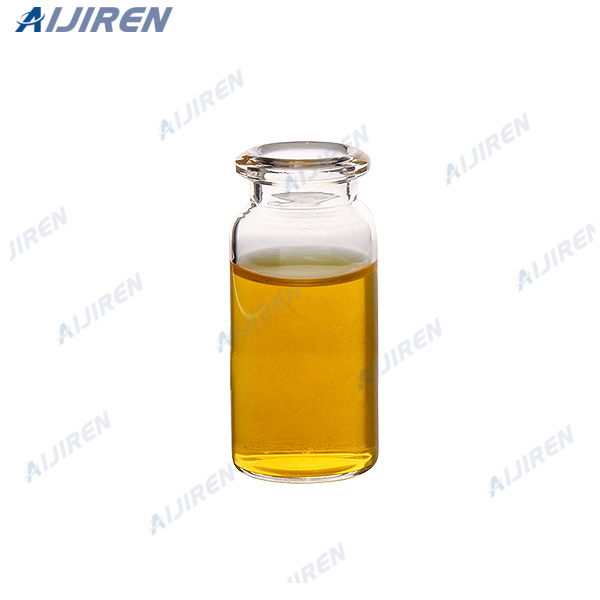
About. 20th Century Glass deal in a wide range of antique + collectable glassware from all over the world. We sell online via our website, eBay and Etsy. We also have an in-depth encyclopaedia guide on many types of glassware, with lots of information and pictures.
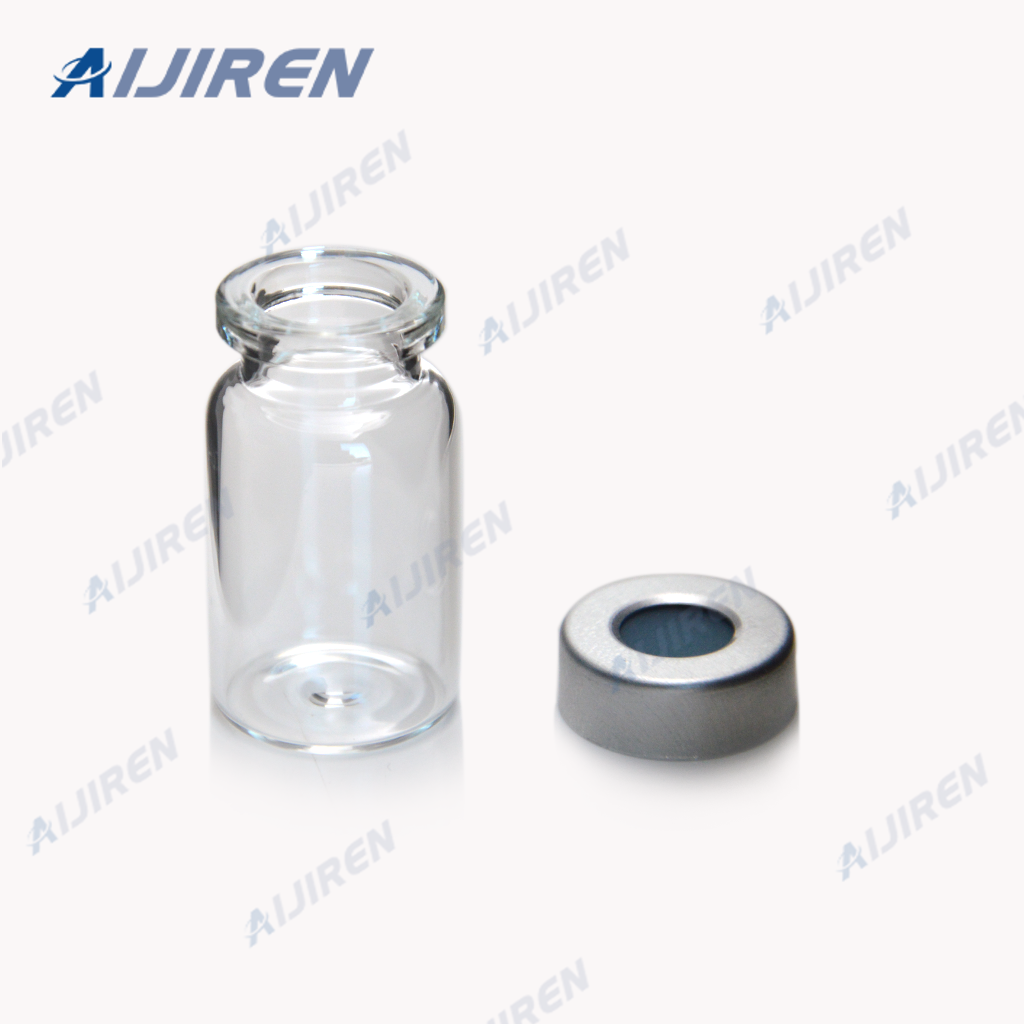
with up to four different solvents (4 x 10 mL solvent vial, 1 x 10 mL waste vial). An optional waste tube is available. The Large Wash Module is ideal for large volume injections (2 x 100 mL glass solvent container, waste port with tubing olive) The Fast Wash Module is preferred when low carry-over is required.
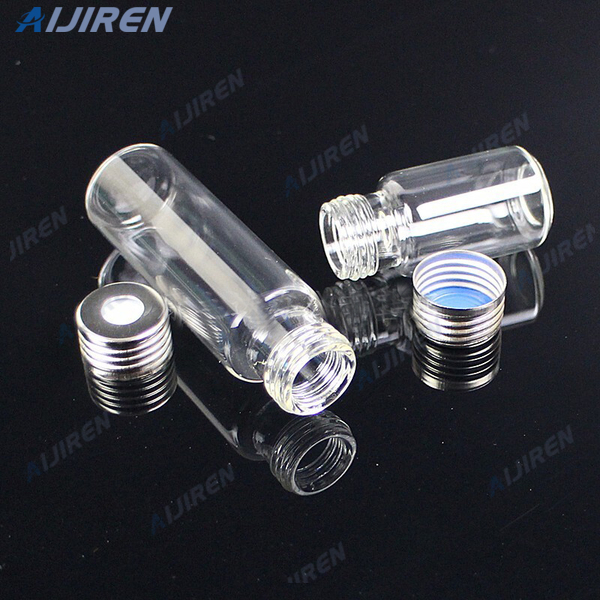
Buy the 374 Litres Bottom Freezer and bring home a smart diagnosis refrigerator. Air vents of the fridge direct cold air onto items stored in the top door baskets.
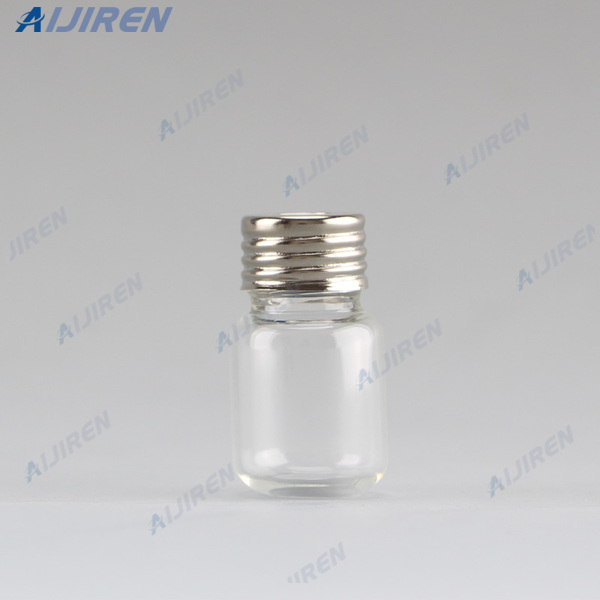
Electronic integrator or other suitable means of measuring GC detector response. A Waters Empower 3 Data System was used in this validation. Glass vials (clear) with PTFE-lined crimp caps. In this validation, 2-mL vials were used. Glass vials (amber) with PTFE-lined screw caps. In this validation, 4-mL vials were used.
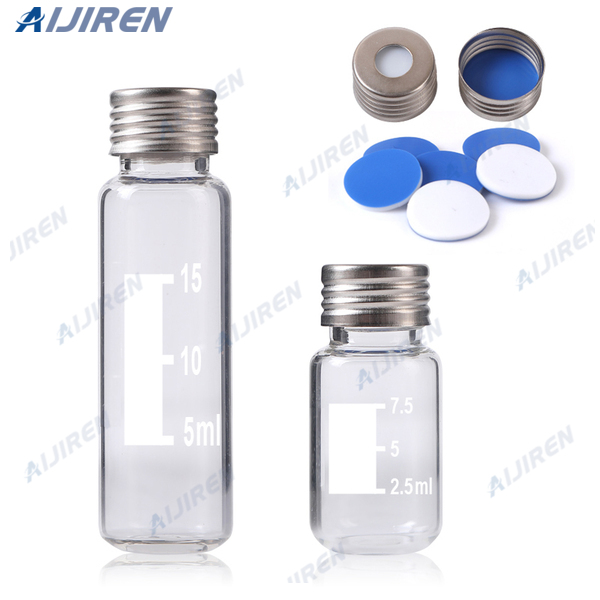
transferred to a glass vial and stored at –18 °C until measurement. The organic layer was then evaporated under a gentle stream of nitrogen to approximately 10 µL. Finally, 1 µL was injected in the GC instrument. Extraction and Derivatization of Organotin Compounds from Water Samples A sample of 100 mL of seawater is measured in a

clear glass vials are Type 1, 33-expansion glass. Type 1, 51-Expansion Glass More alkaline than 33-expansion glass and is adequate for many laboratory uses. It has an expansion coefficient of 51x10–7 ˚C and is composed primarily of silicon and oxygen, with trace amounts of boron. All Waters amber glassware is Type 1, 51-expansion glass.
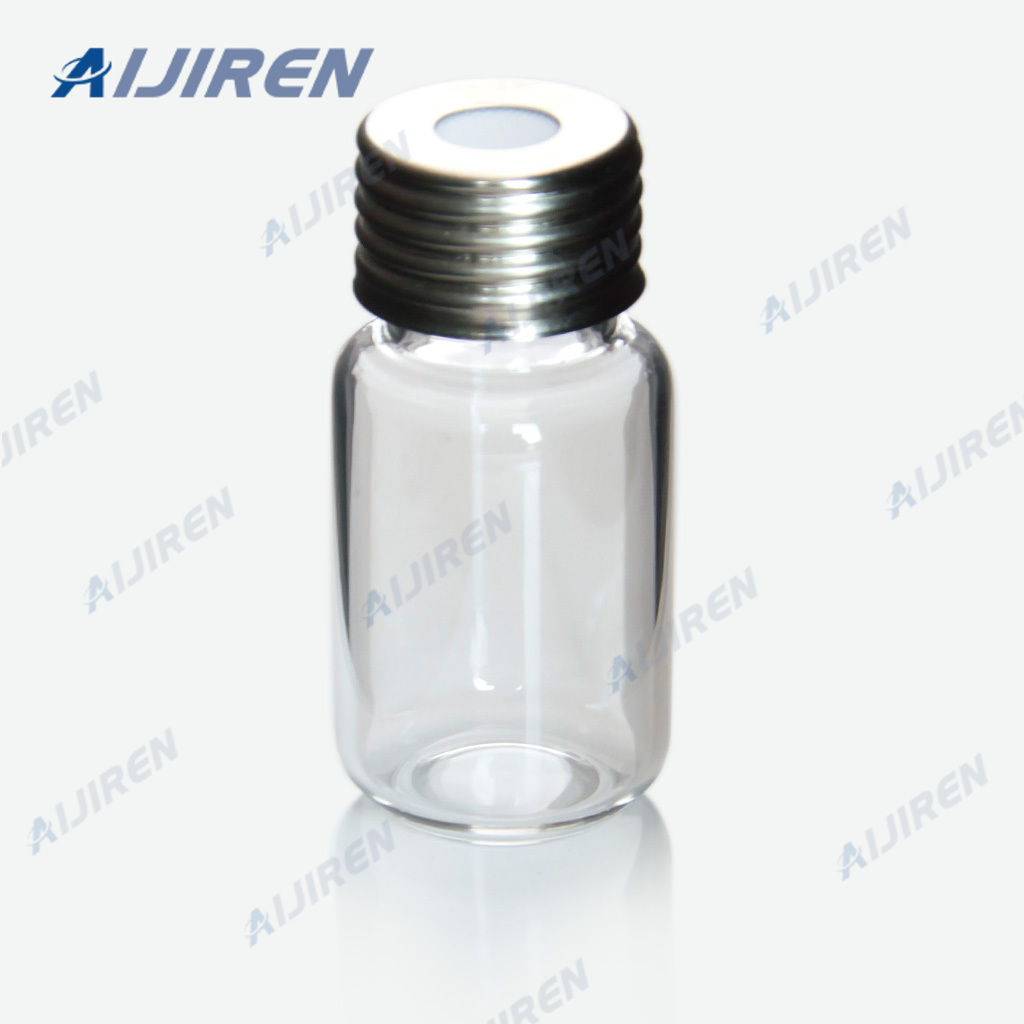
Mk h l il h h l idi d Make sure the solvent vials have enough solvent as indicated by the blue line on the vial. Solvent A: turret position 11 Acetonitrile, b.p. 82°C Solvent B: turret position 8 Ethyl Acetate, b.p. 77° C Waste: positions W, A5 Level vials present and empty Solvents are stored under the fume hood; glass pipets are

The “M in a diamond” mark is confirmed on several different glass items including a clear druggist bottle circa 1885; clear and cobalt blue eyewash cups; and a miniature clear glass mouth-blown lamp with a ground lip and metal screw-top wick assembly which was seen on ebay and said to have possibly been used for medical/laboratory purposes.
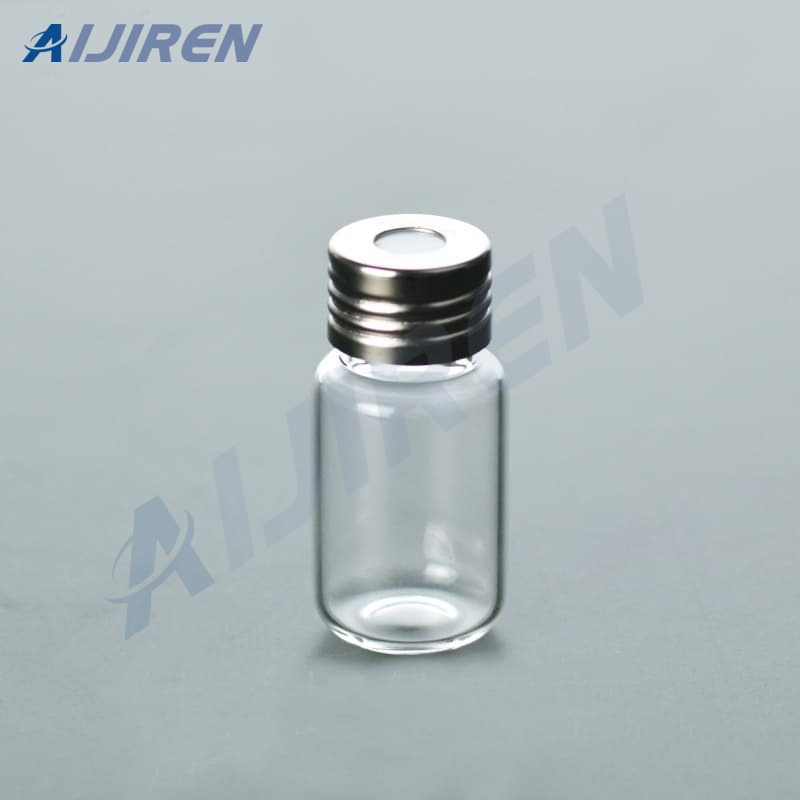
9.3 Headspace vials – 20 mL flat 3205551 bottom, clear glass, beveled edge 9.4 PTFE – faced butyl rubber septa 3205532 for headspace vials – 20 mm, septa Butyl/PTFE 9.5 Capping device – Manual Crimper C4020-100 for 20 mm Aluminum Crimp Seals 9.6 Pipette Finnpipette 10 0–1000 µL 3214535 9.7 Pipette Finnpipette 2 0–200 µL 3214534

and the solvent exchanged with TMP, transferred into a glass GC vial with an insert and cap, and stored at -20 °C until the GC-EI-MS/MS analysis was performed. S2.3 Purification procedure of in-house adsorption chromatography Guo et al. successfully developed a simultaneous method for analyzing multiple legacy and emerging

The price of glass bongs depends on different factors. Glass bongs are more expensive than, for example, an acrylic bong because glass is a more expensive material. Next to that, some glass bongs are hand blown instead of made with a mold, making them more expensive. Next to that, you will also pay for the brand of the bong.